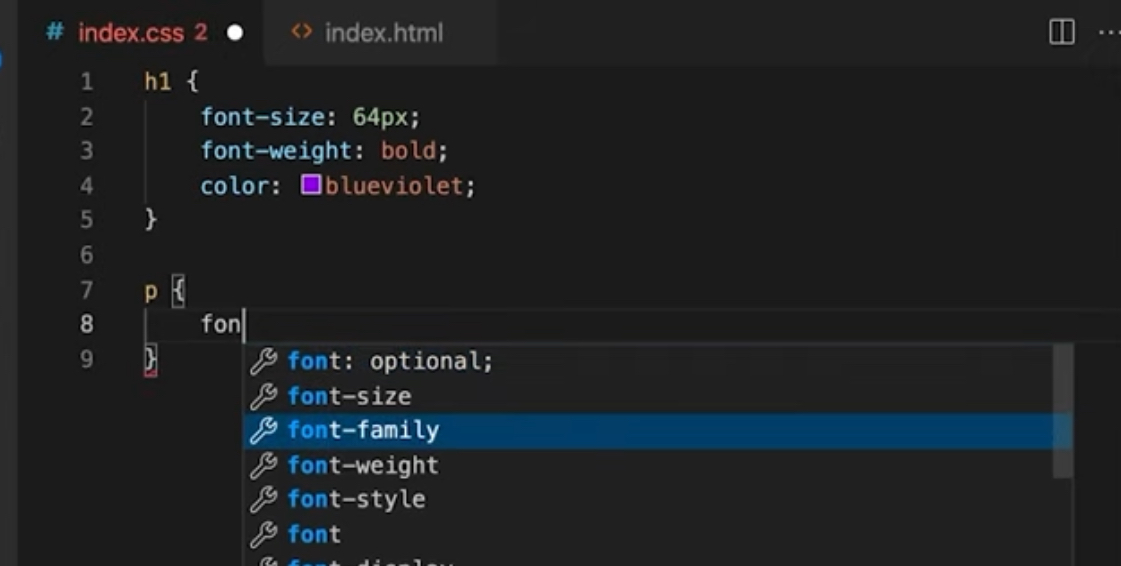Learning to insert comments in HTML code isn’t merely a skill; it’s a strategy that enhances code readability and collaboration. This tutorial will illuminate the significance of HTML comments, exploring their syntax, usage, and the pivotal role they play in web development.
Dive into the nuances of inserting comments, and discover how these annotations serve as invaluable aids in the world of HTML coding.
Understanding HTML Comments
HTML comments, denoted by the <!– and –> tags, play a pivotal role in web development by offering insights without affecting the webpage’s visual appearance. Let’s delve deeper into their functionality and usage.
Syntax and Functionality of HTML Comments
The syntax <!– Comment Text –> encapsulates HTML comments. These comments are vital guides for developers, offering explanations within the source code that are invisible in the webpage output.
For instance:
<!-- This is a comment explaining the purpose of the code -->
<p>Sample HTML content</p>Usage of Comments in HTML Code
Comments in HTML serve multifaceted purposes, from providing context to annotating code segments. They aid in understanding code functionalities and are invaluable in collaborative projects.
A descriptive example:
<!-- Section for navigation links -->
<nav>
<ul>
<li><a href="#home">Home</a></li>
<li><a href="#about">About</a></li>
<!-- More navigation items -->
</ul>
</nav>Enhancing Code Readability with Descriptive Comments
Descriptive comments significantly augment code readability. By adding comments that explain the purpose or functionality of code segments, developers ensure easier comprehension.
Example:
<!-- Function to validate user input -->
function validateInput() {
// Code for validation process
}Types of HTML Comments: Single-line and Multi-line
Single-line comments, succinct and contained within a single line, offer brief explanations. Multi-line comments provide elaborate descriptions for more complex code segments. Examples:
Single-line Comment:
<!-- This is a single-line comment -->
Multi-line Comment:
<!--
This is a multi-line comment
explaining multiple aspects of the code.
-->Application of Multi-line Comments in HTML
Multi-line comments excel in detailing complex functionalities, ensuring comprehensive code comprehension.
Example:
<!--
<section>
<h2>Section Title</h2>
<p>Paragraph content</p>
<!-- More content -->
</section>
-->Elevate data display: Examples of HTML Table CSS enhancements.
Hiding Code Using HTML Comments
HTML comments can effectively disable code segments without removing them. This technique hides code from rendering in the browser.
For instance:
<!--
<script>
// Code to be temporarily disabled
</script>
-->Efficient Commenting in Visual Studio Code
Utilizing shortcuts such as Ctrl + / in editors like Visual Studio Code streamlines the commenting process, enabling developers to annotate code efficiently and effortlessly.
Conclusion
Mastering HTML comments proves indispensable in effective code management. These annotations, when utilized aptly, bolster code readability, facilitate collaboration, and streamline debugging, empowering developers to create robust and comprehensible codebases.



